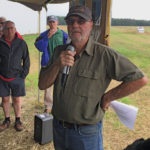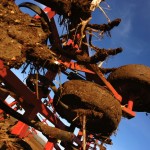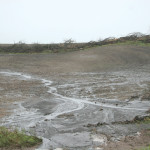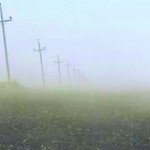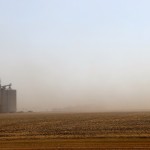Are the soil conservation lessons learned from the Dirty Thirties being forgotten? Manitoba Co-operator reporter Allan Dawson spoke with Jim Tokarchuk of the Soil Conservation Council of Canada and University of Manitoba soil science professor David Lobb about this very issue at the Manitoba Soil Science Society’s meeting on Feb. 1, 2018. Watch for more






